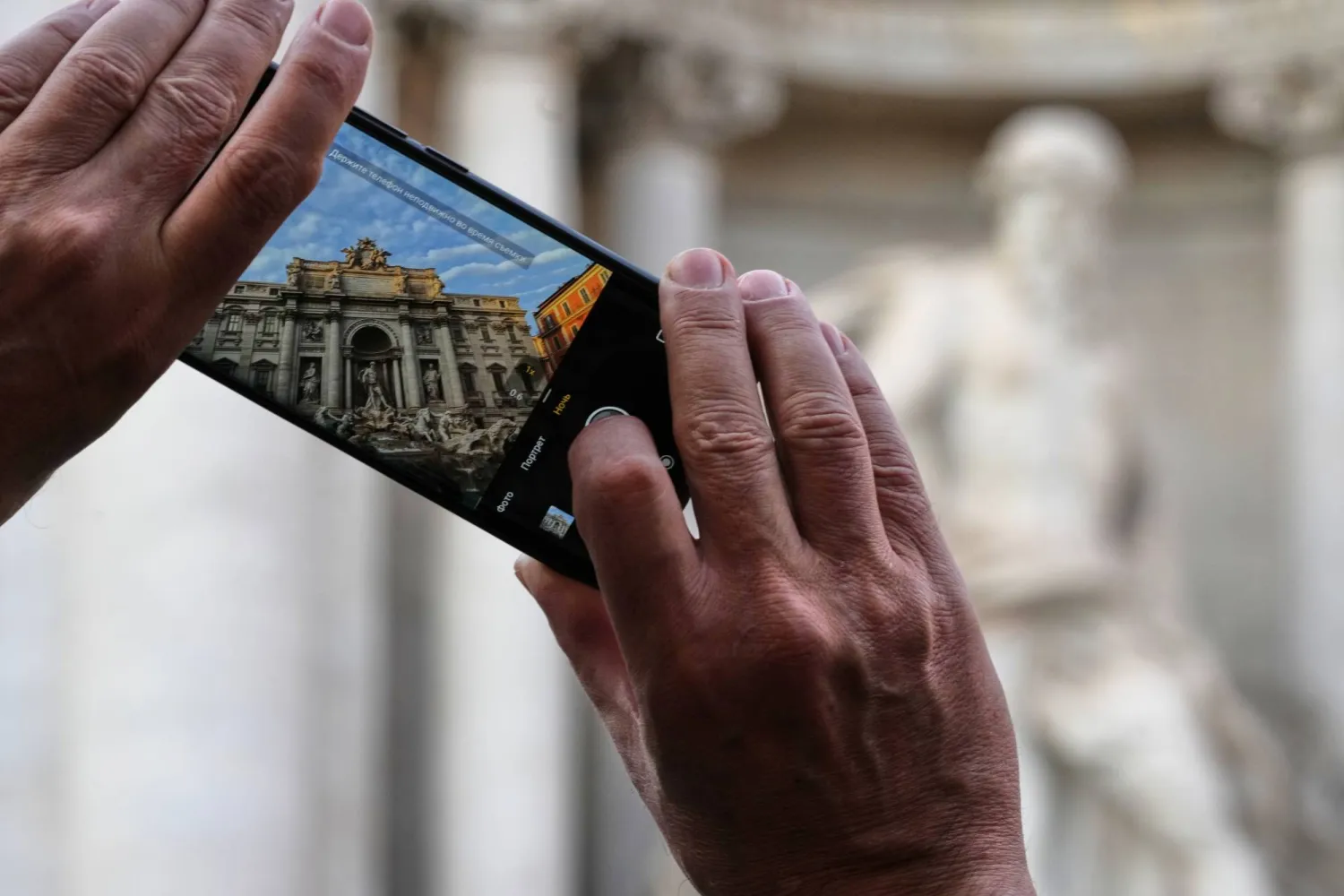The Diriyah Biennale Foundation inaugurated on Monday the second edition of Diriyah Contemporary Art Biennale, held under the theme “After Rain”, showcasing the works of Saudi and international artists, SPA said.
Held until May 24 in the JAX district, in Diriyah, the exhibition is curated by Ute Meta Bauer, artistic director of the biennale. Some 100 artists, including 30 from the Gulf countries, exhibit 177 artworks in six indoor and outdoor halls and courtyards spread over 12,900 square meters.

Photo by Alessandro Brasile
The works are based on artistic research inspired by the curatorial team trips throughout the Kingdom of Saudi Arabia, which culminated in a creative artistic dialogue between different generations.
This edition of the biennale gathers artists from diverse backgrounds, cultures, and environments who contemplate the relationship between humans and nature, interact with the surrounding nature, and focus their works on primary human needs such as water, food, and medical care.
They also narrate history, in a country undergoing rapid developments and changes, and offer a rich multi-sensory experience.
For the second edition of the biennale, the Diriyah Biennale Foundation supported 47 new artists, including Jumana Emil Abboud, Sara Abdu, Mohammad AlFaraj, Azra Akšamija, Tarek Atoui, Rachaporn Chochoy, Vikram Divesha, Christine Fenzl, Anne Holtrop, Armin Linke and Ahmed Mater in an artistic collaboration, Njokobok, and Camille Zakharia.
Artist Tania Mouraud displays on a roundabout in the JAX district, and Mariah Lookman’s work is displayed in Shamalat Diriyah, the artistic cultural center located on the outskirts of old Diriyah.

Besides the art exhibition, there will also be a series of meetings and dialogues among artists, workshops, 10 film screenings in the Black Box Theater, an area for research-based artworks, and displays of research projects and artistic talks, which began last April, under the title Biennale Meetings Series.
These last activities will continue over the course of a full year, in conjunction with the interactive “Learning Garden” online platform, which continues to showcase the ideas presented at the biennale even after the conclusion of the Diriyah Contemporary Art Biennale.

Diriyah Biennale Foundation CEO Aya Al-Bakree said the second edition of the Diriyah Contemporary Art Biennale “synchronizes with the great renaissance and the civilizational and developmental transformation that the Kingdom is experiencing, especially in the arts sector”.
She said that this edition of the event is a cultural experience that calls for contemplation and reflection, and resonates with visitors of all cultures and ages.
The depth of research conducted by Meta Bauer adds creativity and vitality to the event, Al-Bakree said.









